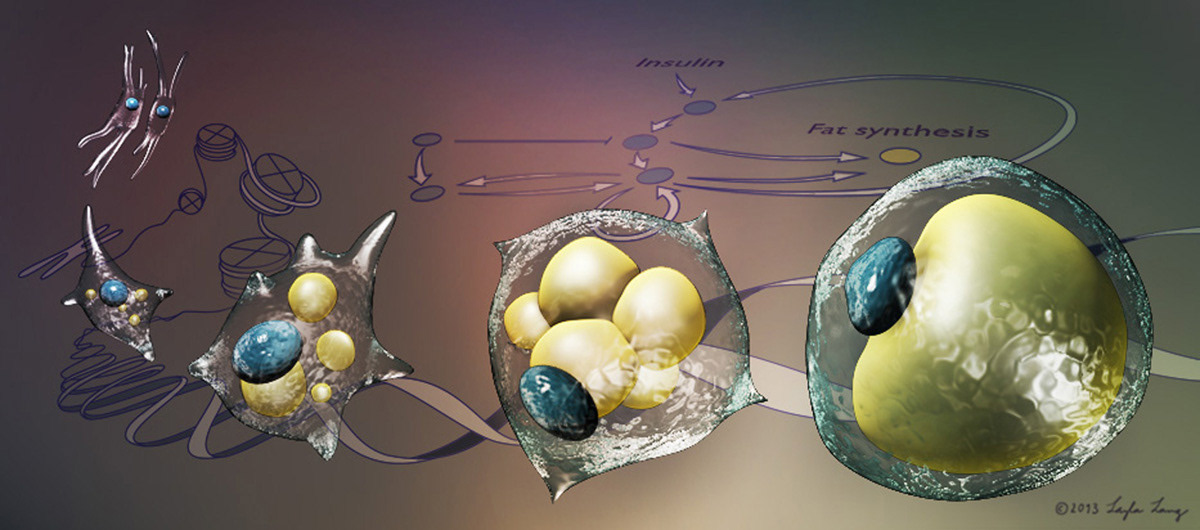The Laboratory of Diabetes and Obesity Signaling
is led by Dr. Mary Teruel. We study how dynamic stimuli are decoded by cells to guide cell differentiation decisions essential for tissue development, maintenance, and regeneration. Precise decision making is critical in differentiation where decisions often result in an irreversible switch of cell-fate that, if incorrectly made, can have consequences for human health. We are particularly interested in understanding how cell-extrinsic hormones and signaling noise, as well as cell-intrinsic biological oscillators such as the cell cycle and circadian clock, interact to control cell fate. To do so, we have developed live-cell reporters, live single-cell tracking microscopy approaches and algorithms, and microfluidic techniques to introduce dynamic perturbations and measure system behavior with the goal to obtain the measurements needed to develop quantitative models that will allow timing-based therapeutic interventions. Ultimately, we aim 1) to determine the connectivity and dynamic network behavior controlling terminal cell differentiation decisions and 2) to use our understanding to enhance tissue regeneration and to develop timing-based therapies for differentiation-related pathologies in obesity, diabetes, and fat-related cancers.
We have three main areas of research:
1. The Systems Biology of Cell Differentiation: Enabling Control of Critical Cell-fate Decisions
2. Circadian Clock Control of Adipogenesis
3. Terminal Differentiation and Cell Cycle Exit in Adipogenesis and Neurogenesis


